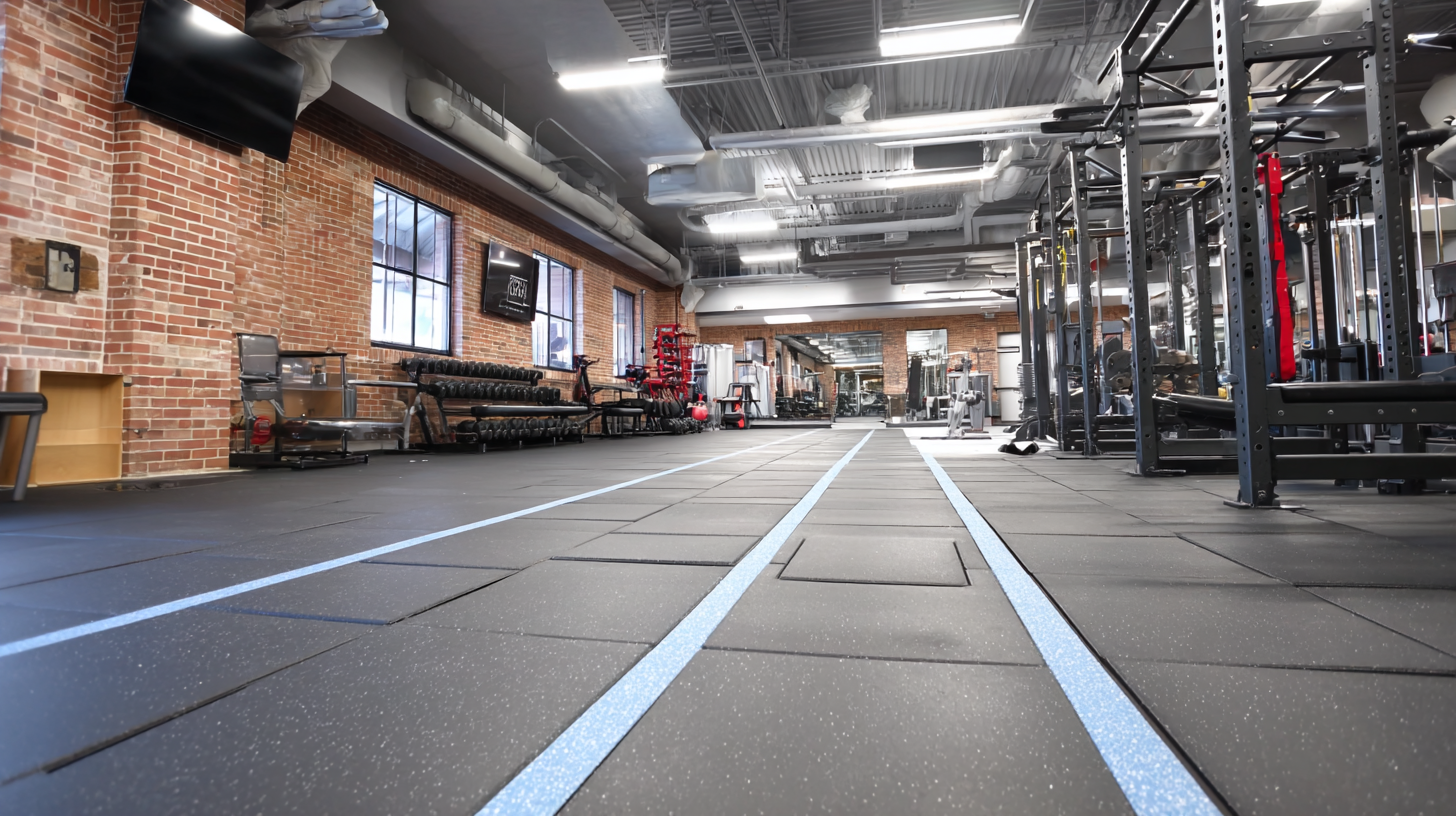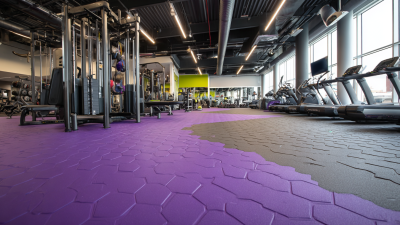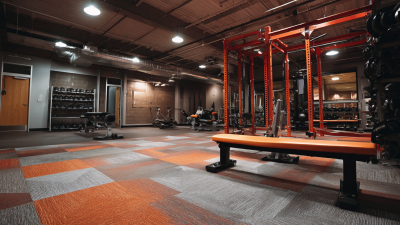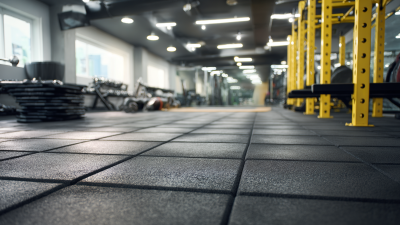Choosing the right gym flooring is crucial for both performance and safety in any fitness environment, whether it's a personal home gym or a large commercial facility. The variety of options available can be overwhelming, but understanding the different types of gym flooring will aid in making an informed decision. From rubber mats that provide shock absorption to carpet tiles that offer comfort and style, each material comes with its unique benefits and considerations. This guide aims to delve into expert insights and current industry trends to help you navigate through the multitude of choices. As we explore the characteristics, advantages, and ideal applications of various gym flooring types, you'll gain a clearer perspective on what best suits your specific needs, ensuring optimal functionality and aesthetics in your workout space.
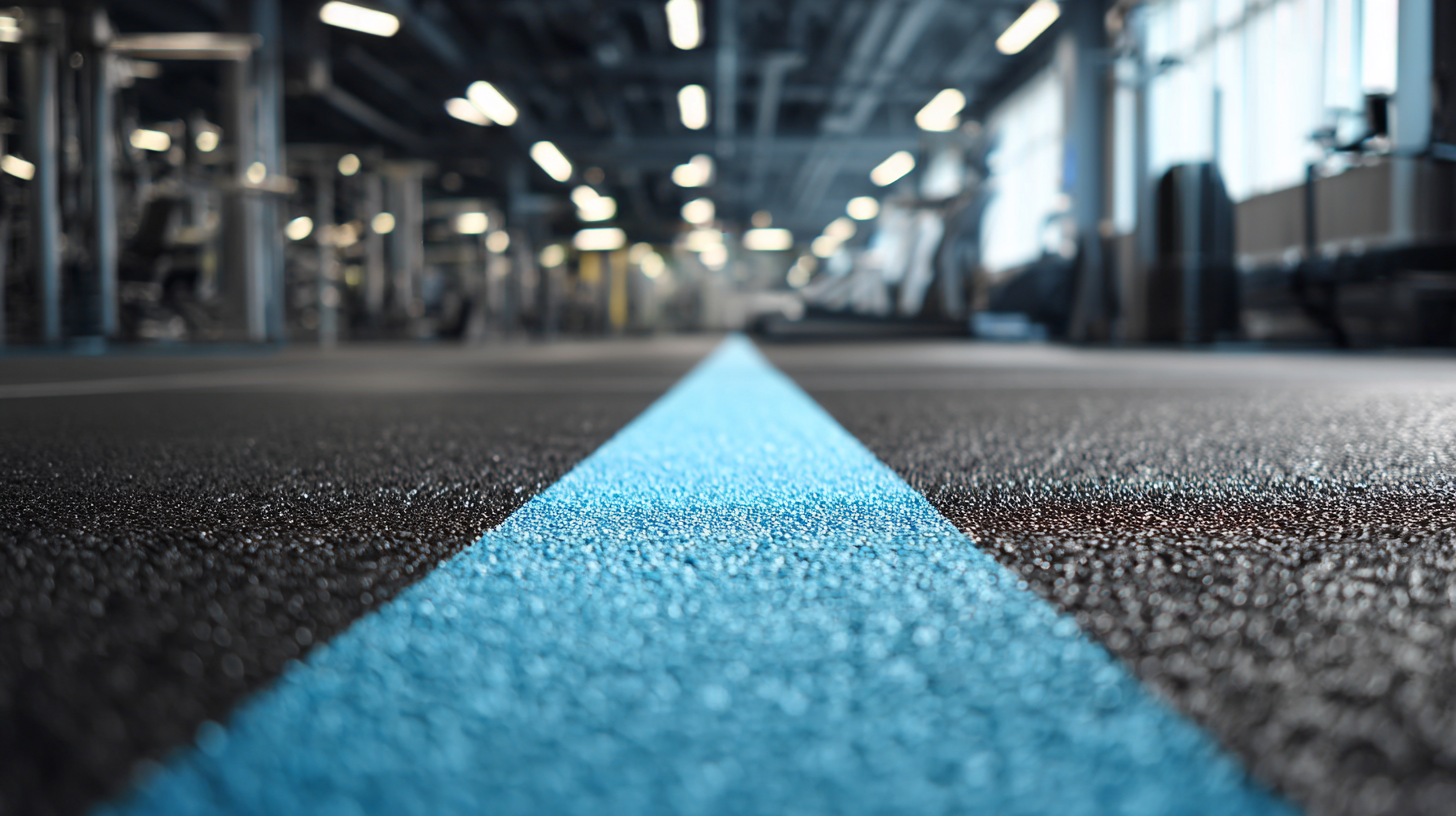
When selecting gym flooring, it’s essential to consider the specific activities that will take place in the space. Different exercises require different flooring types to provide the necessary support and safety. For instance, weightlifting areas benefit from rubber flooring, which can absorb shock and reduce noise while preventing damage to the subfloor and equipment. The durability of rubber makes it ideal for high-impact activities, ensuring both safety and longevity.
In contrast, spaces designated for fitness classes or yoga may require a softer, more cushioned surface like foam or vinyl. These materials offer a comfortable experience for floor-based exercises and movements that involve falling or rolling. Additionally, for activities such as basketball or other sports, hardwood or sport court surfaces are preferred for their excellent traction and performance characteristics. Understanding these factors allows gym owners and fitness enthusiasts to select the right flooring that enhances performance, safety, and the overall experience, tailored to the diverse range of activities taking place.
When selecting flooring for high-impact gym environments, durability and shock absorption are paramount. According to a report from the International Health, Racquet & Sportsclub Association (IHRSA), gym owners should prioritize materials that can withstand the rigors of intense workout sessions while providing safety and comfort for users. Rubber flooring is among the most recommended choices, as it not only offers excellent cushioning but also ensures resilience against heavy weights and consistent traffic. The global rubber flooring market is projected to reach over $1.6 billion by 2027, reflecting its popularity in fitness facilities.
Another flooring option gaining traction is foam mats, which are especially favored for martial arts studios and functional training. A study from the Sports & Fitness Industry Association (SFIA) highlights that foam mats can reduce joint impact by up to 40%, making them ideal for high-impact workouts. Furthermore, vinyl flooring, with its easy maintenance and water-resistant properties, is increasingly being used in multipurpose gyms. According to the 2023 Flooring Trends Report, vinyl sales in the commercial sector are expected to grow by 15% in the next five years, demonstrating a shift towards versatile, durable options that cater to a variety of athletic activities.
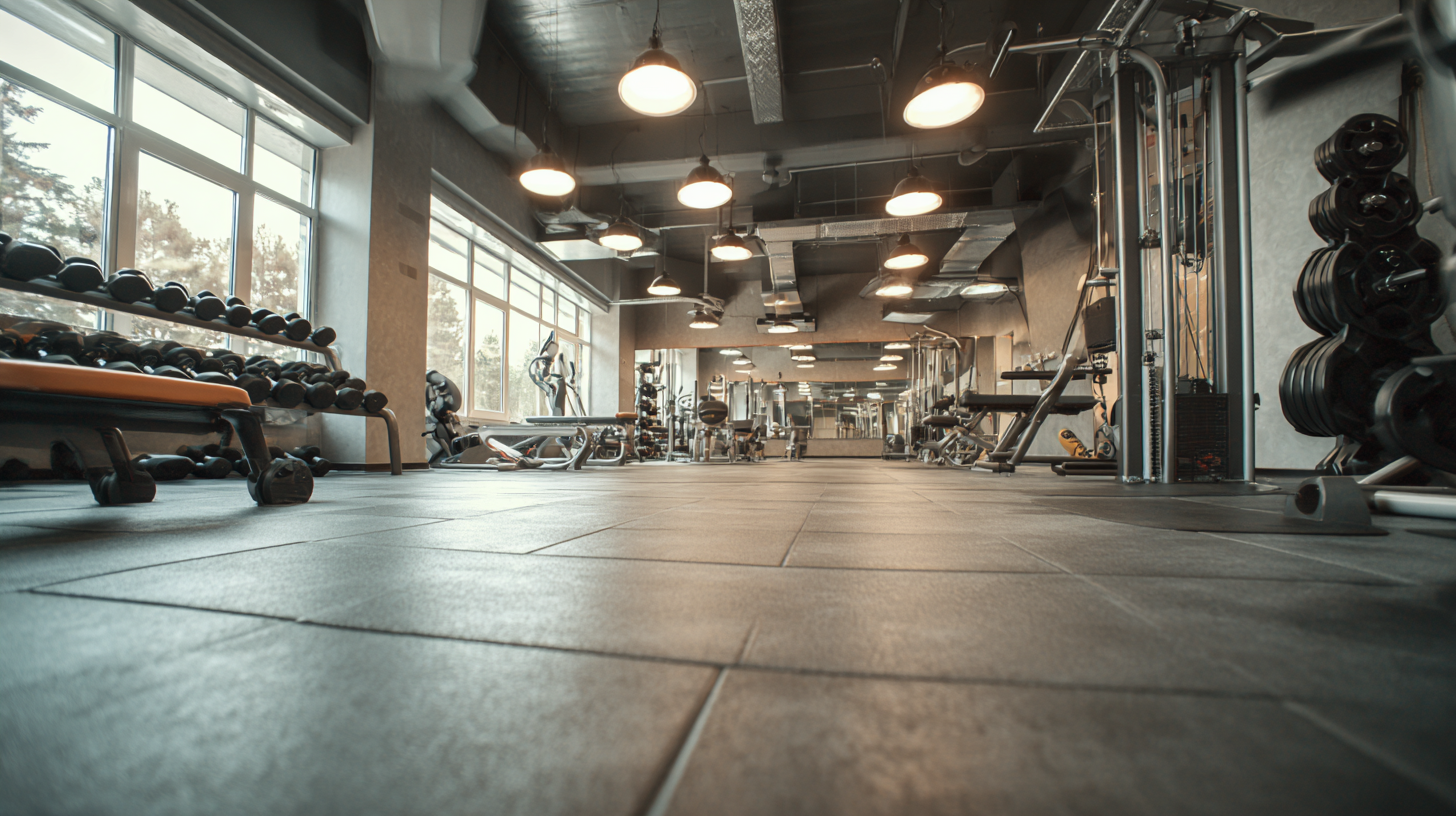
When budgeting for gym flooring, it’s essential to consider both the upfront costs and long-term value. A variety of flooring options are available, catering to different preferences and usage scenarios. For instance, rubber rolls provide durability and shock absorption, making them ideal for high-impact workouts. The selection process should also factor in installation expenses, maintenance requirements, and how the flooring will affect your overall workout experience.
As trends evolve, homeowners are increasingly looking for cost-effective solutions that do not compromise on quality. In 2024, one standout option is the 8mm rubber roll flooring, which balances affordability with robustness. In addition to being budget-friendly, this flooring type is easy to clean and maintain, appealing to those setting up home gyms in garages or basements. Understanding these aspects will help ensure that your investment in gym flooring aligns well with your budget and fitness objectives.
| Flooring Type | Material | Cost per Square Foot | Durability (Years) | Maintenance Level |
|---|---|---|---|---|
| Rubber Flooring | Recycled Rubber | $2.50 | 15-20 | Low |
| Foam Flooring | EVA Foam | $1.50 | 5-10 | Very Low |
| hardwood Flooring | Solid Hardwood | $5.00 | 20-30 | Medium |
| Carpet Tiles | Nylon | $3.00 | 10-15 | High |
| Vinyl Flooring | PVC | $3.50 | 10-20 | Medium |
When it comes to maintaining gym flooring, proper care is essential not only for aesthetic purposes but also for performance and safety. According to a 2022 industry report by the International Health, Racquet & Sportsclub Association (IHRSA), gyms with well-maintained flooring report a 15% decrease in accidents related to slips and falls. This highlights the importance of regular cleaning and proactive maintenance schedules to ensure a safe workout environment.
To extend the life of your gym flooring, it's crucial to use the right cleaning products. A study by the Institute of Cleaning Sciences indicates that using pH-neutral cleaners can help prevent damage to both rubber and hardwood floors. Additionally, implementing a routine that includes regular sweeping, mopping with appropriate solutions, and immediate attention to spills can significantly reduce wear and tear. By investing in quality maintenance, gym owners can not only enhance the longevity of their flooring but also maintain a professional atmosphere that encourages member engagement and retention.
In recent years, the gym flooring market has witnessed a surge in demand for eco-friendly options, reflecting a broader industry trend towards sustainability that aligns with consumer preferences. With the Global Floor Covering Market projected to grow significantly from USD 528 billion in 2025 to USD 869.14 billion by 2033, the shift towards sustainable gym flooring is becoming increasingly prominent. Facilities are now utilizing environment-friendly materials that not only enhance performance but also contribute to a greener planet.
When selecting gym flooring, consider the benefits of sustainably-focused athletic surfaces. These materials often combine durability with minimal environmental impact, making them ideal for various athletic activities. For example, the implementation of eco-friendly surfaces at institutions like the Oregon Episcopal School has showcased the dual advantages of improved athletic performance and a commitment to sustainability.
Tip 1: Look for certifications or labels indicating that materials are sourced sustainably or made from recycled products. This assures you of their eco-friendliness.
Tip 2: Evaluate the flooring's durability and maintenance needs. Sustainable options should not only perform well but also save on long-term costs associated with replacement and upkeep.
Emerging options in eco-friendly gym flooring not only support athletic excellence but also reflect a commitment to environmental responsibility, making them a wise choice for modern fitness facilities.
